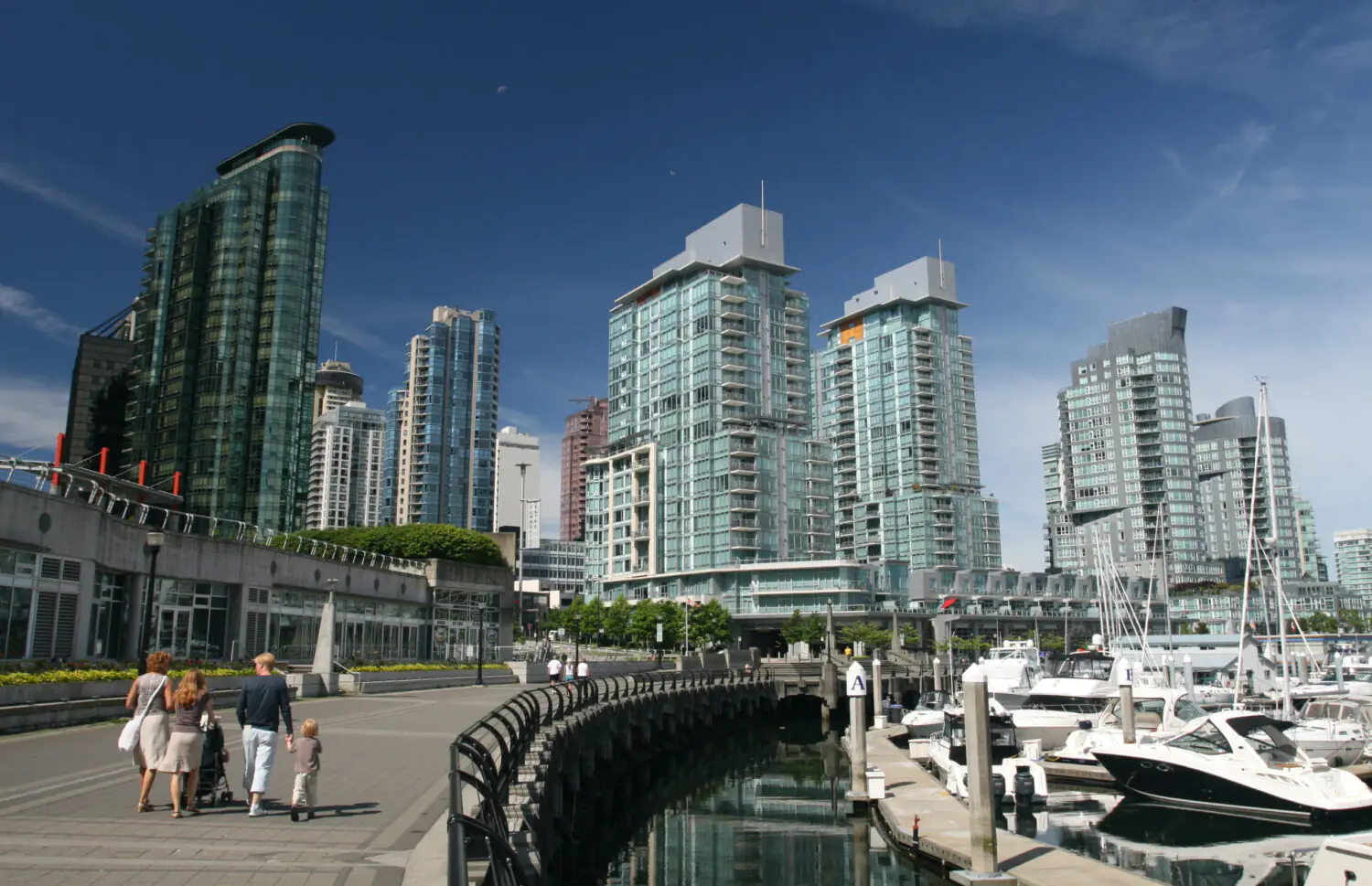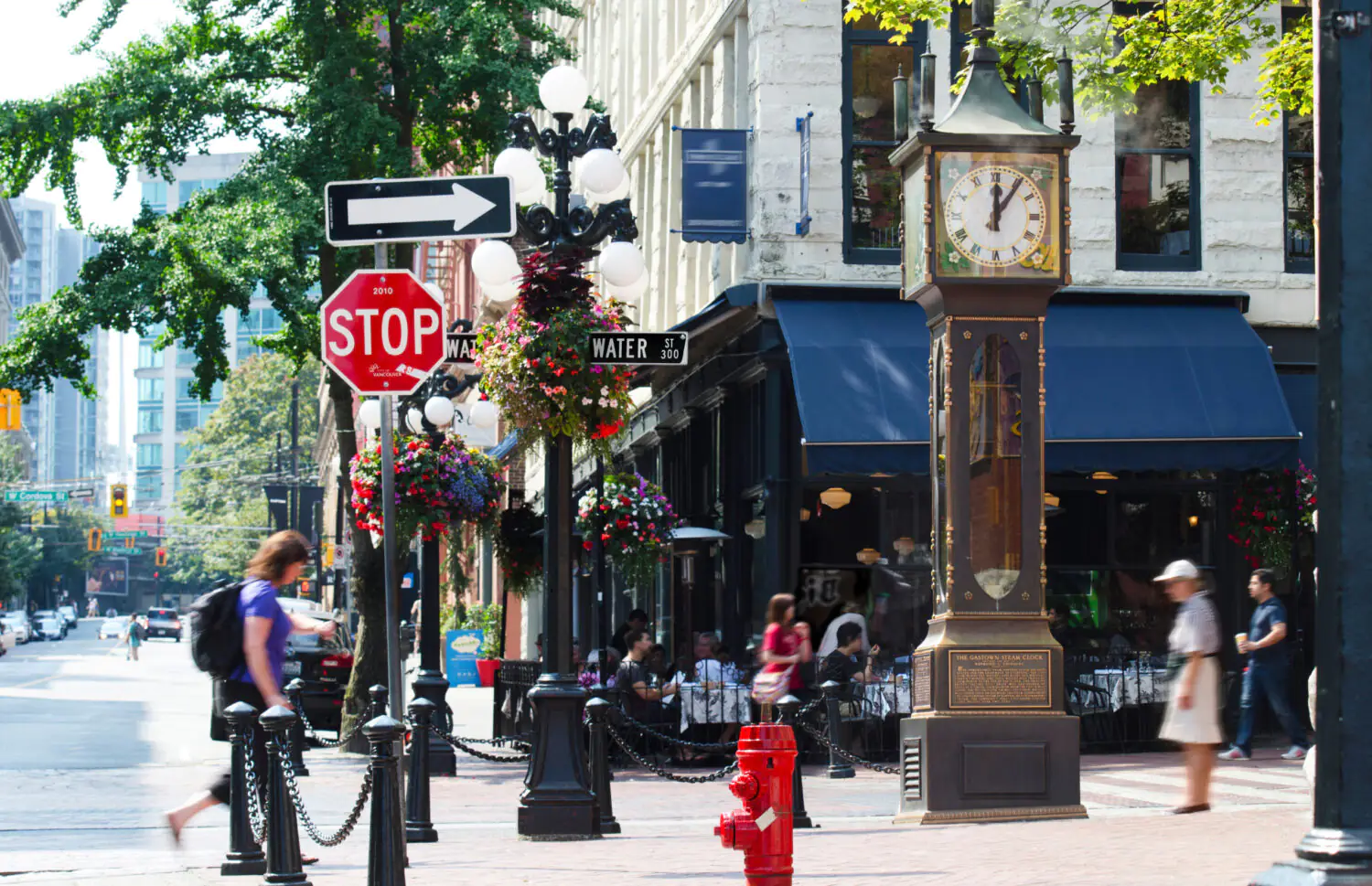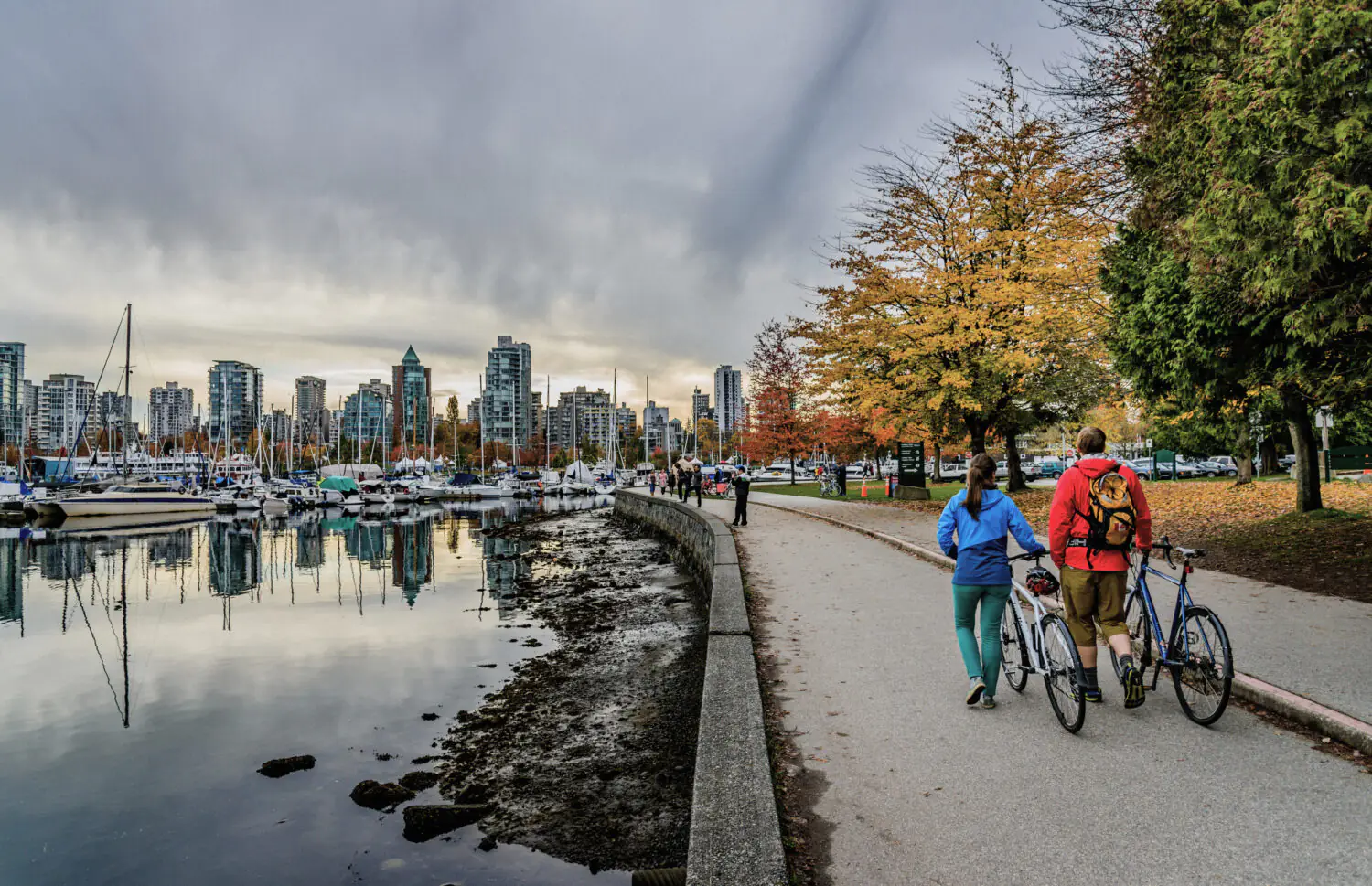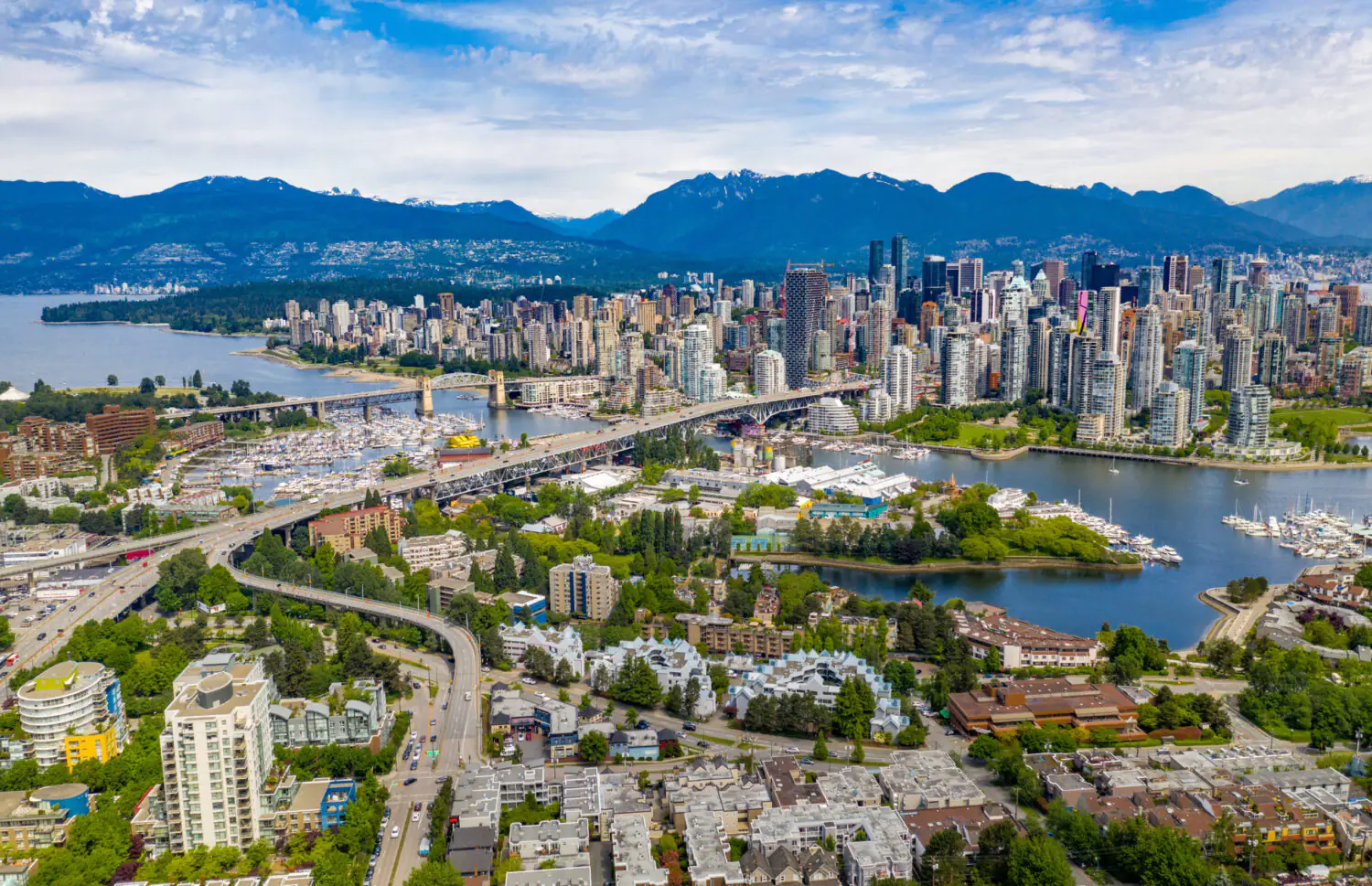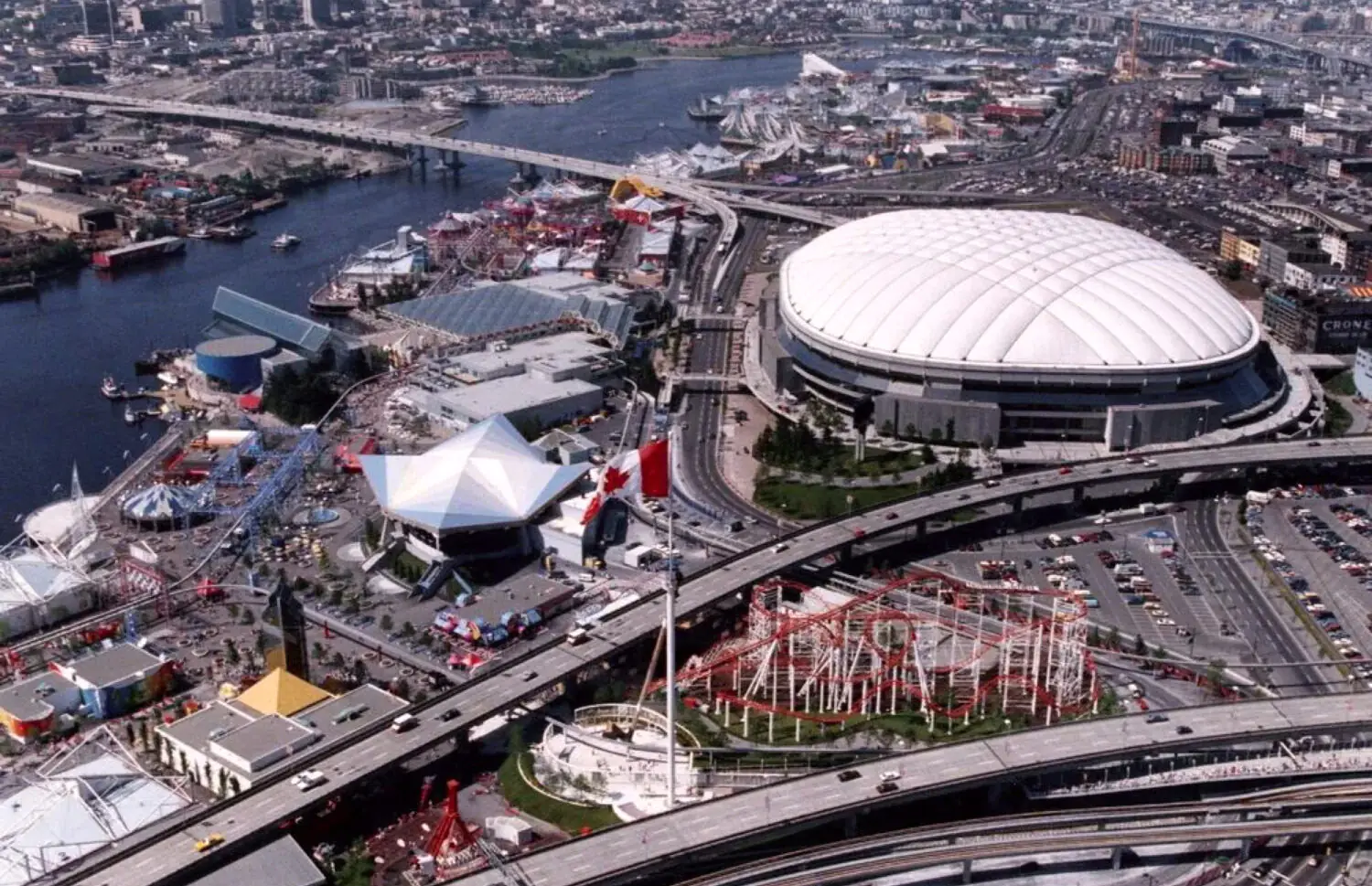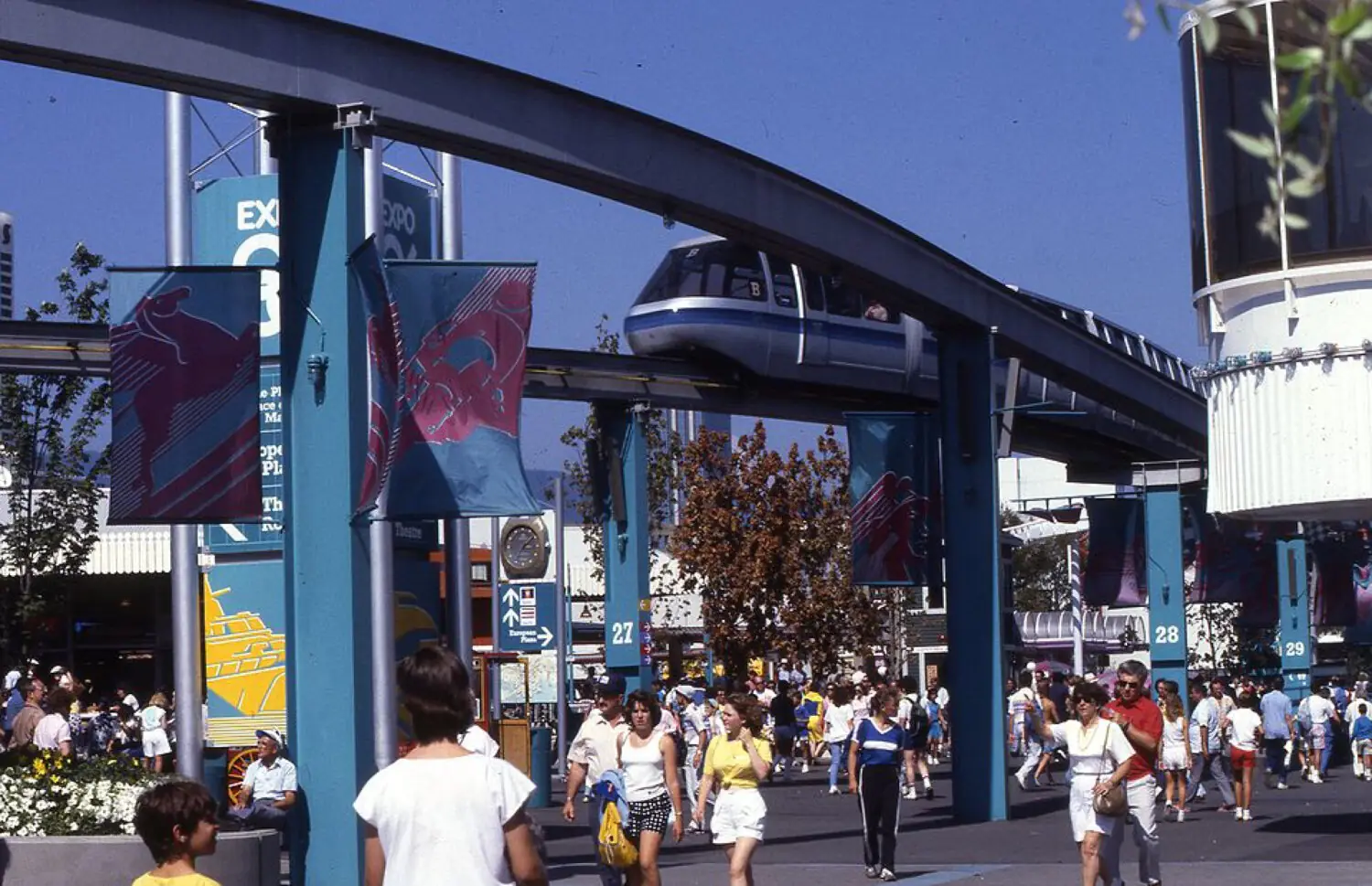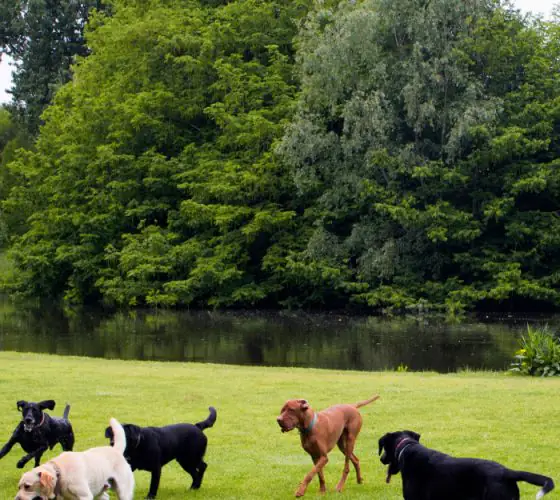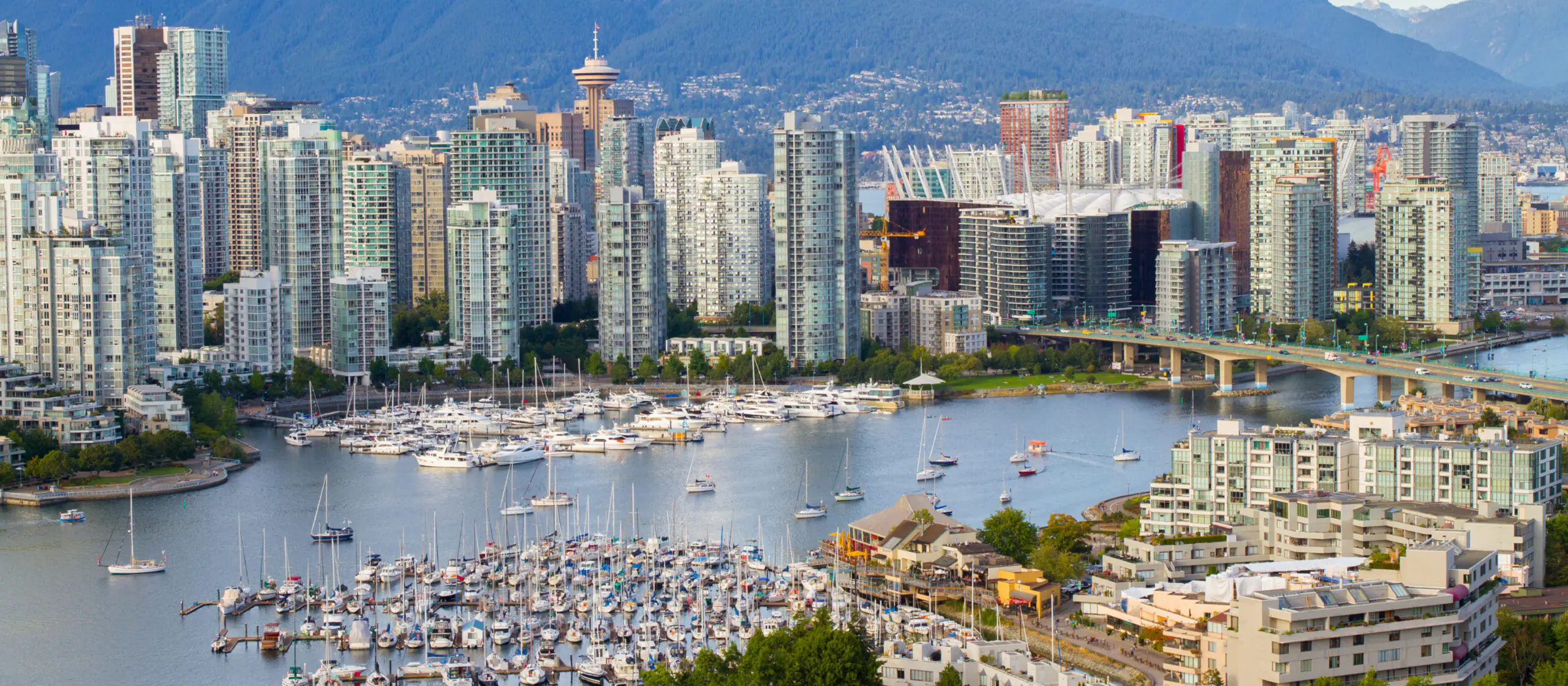
stock.adobe.com
Various world rankings confirm that Vancouver is one of the most comfortable cities to live in. But it wasn’t always that way.
In the past, Vancouver was a typical North American city, but at the end of the 20th century it underwent radical changes and became an international model of livability, sustainability and competitiveness.
Vancouverism has attracted the attention of urban researchers as urban planning policies and new city strategies focus on creating a comfortable living environment.
In the 1970s, the city’s economy was heavily dependent on natural resources. People began to move to the suburbs and new neighbourhoods began to develop, which in turn were closely linked to road transport and consumed huge amounts of resources, while older neighbourhoods began to fall into decline.
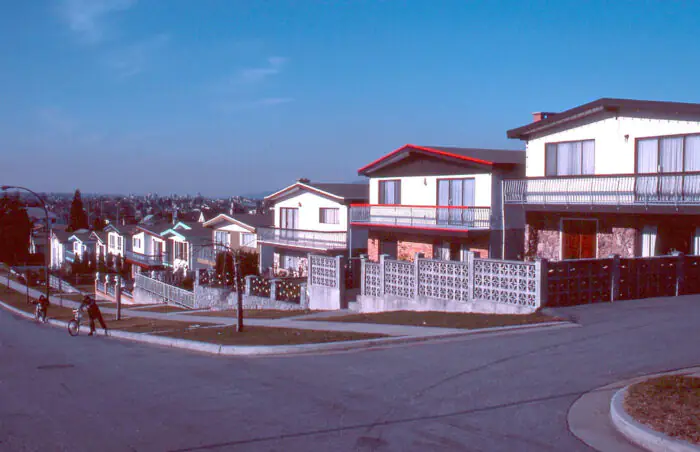
ruthanddavid.com

ruthanddavid.com
Vancouver was the first city in North America to say “no” to highways, abandoning plans to build large-scale roadways. This decision was revolutionary and signalled the city’s desire to change its approach to development.
An important turnaround occurred in 1986 when Vancouver hosted the World’s Fair. At this time, the city administration realised that they wanted to change the face of the city and start moving towards sustainability. This was the kind of city residents wanted to live in, and their dreams and desires became the impetus for change.
City planners decided to develop the city with residents in mind and make it attractive to them and to the new population. At the same time, the authorities decided to move towards sustainability and resilience and began to focus on developing solutions to easily cope with cataclysms and other shocks. A set of such measures has enabled the “smart growth” of the city.
“The concept of Vancouverism includes the accessibility of all necessary urban spaces, we focus on local, neighbourhood communities and spaces. We prioritise the idea of walkability and open spaces, parks, landscaped shorelines, small gardens and squares, green roofs. We’re committed to making the city look comfortable and green.”
Larry Beasley,
the former chief architect of the city
Author of the book “Vancouverism”
The city authorities prioritised the comfort of the resident: they focused on creating polycentric and multifunctional districts provided with public and green spaces and cultural institutions.
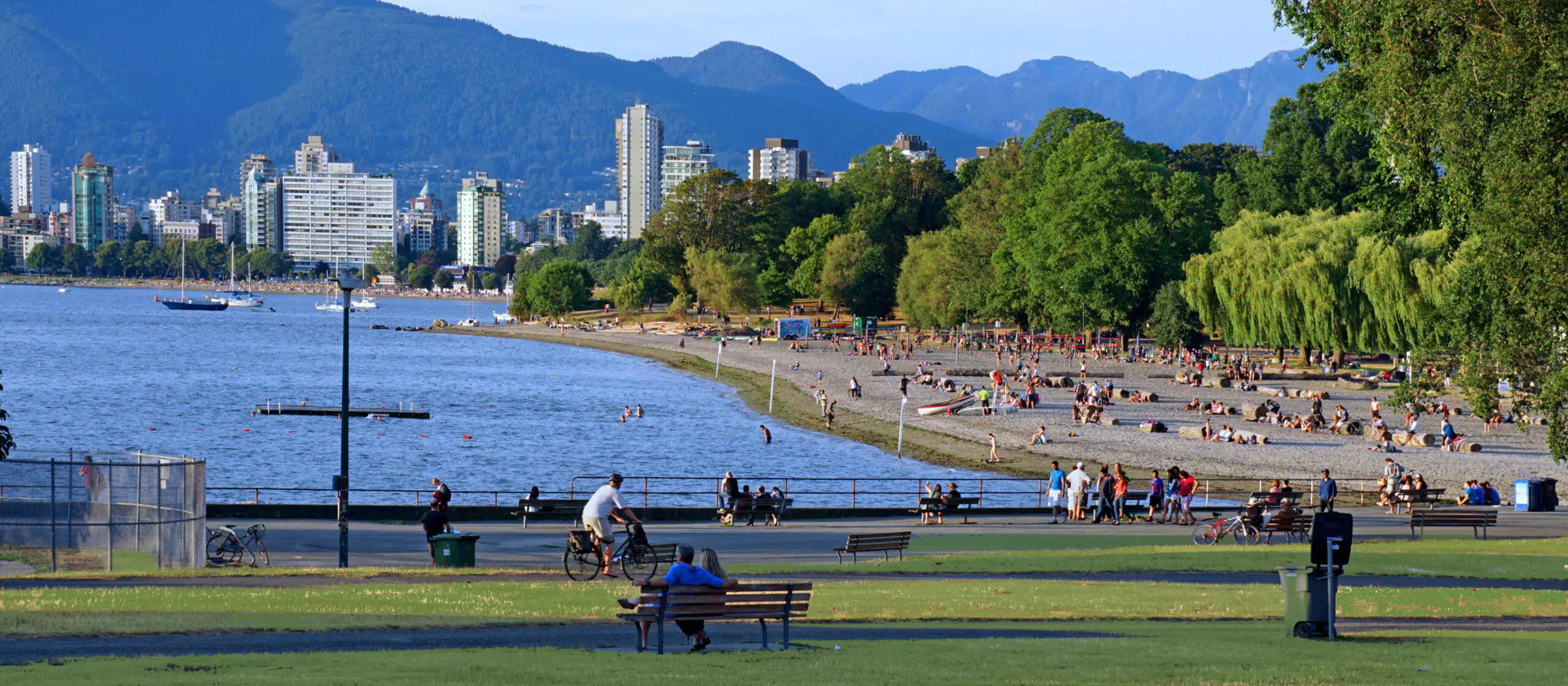
stock.adobe.com
Also an important part of Vancouverism has been the mixed development and high population density in the city centre. New buildings were constructed using green technologies, and residential neighbourhoods supported the growth of social diversity and created conditions for families with children.
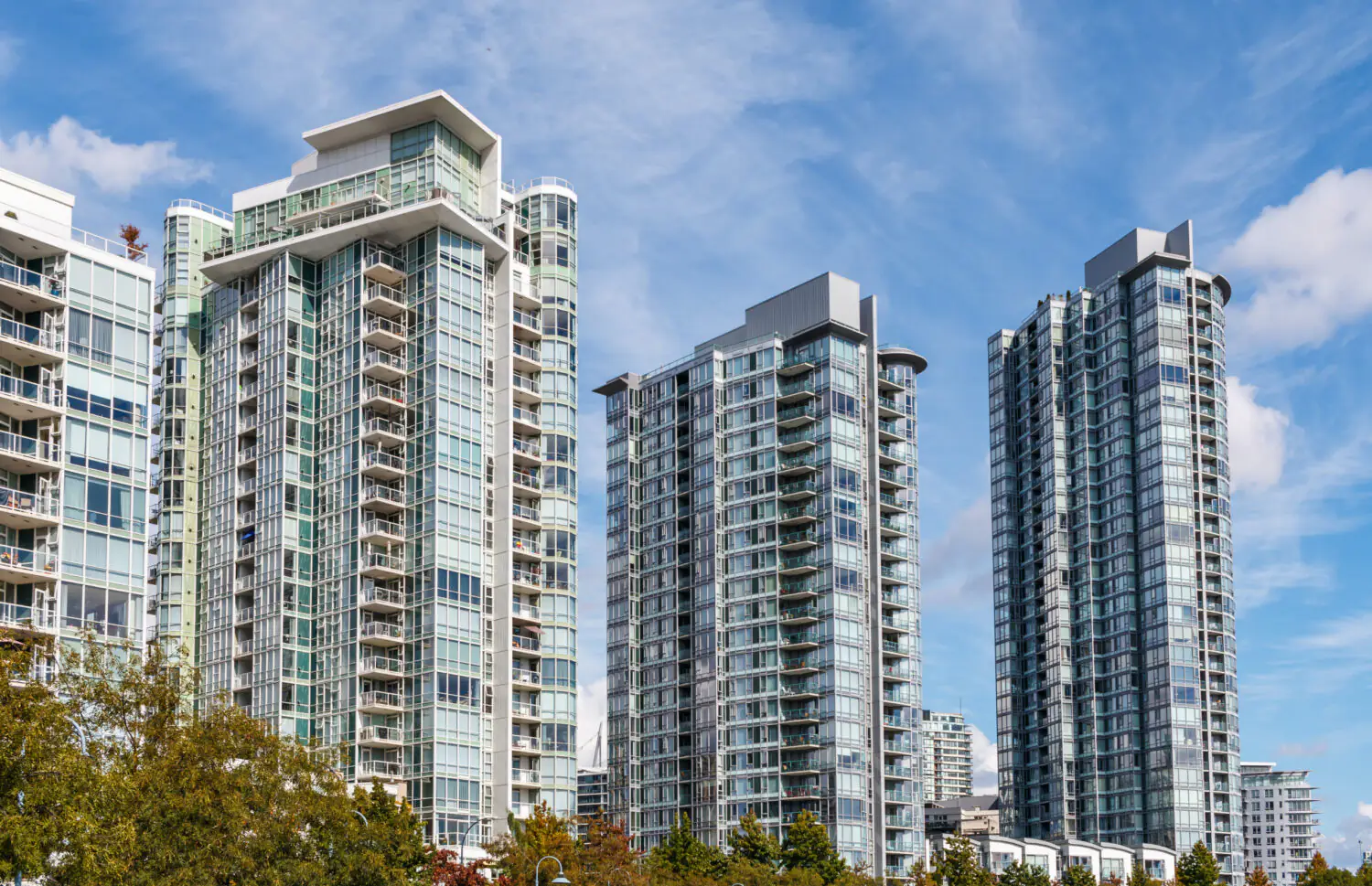
stock.adobe.com
Now buildings in the city centre have stylobates with commercial spaces, shops and a variety of services, and the 30–40 storey towers standing on them are positioned to preserve view corridors to the water and mountains.
By reducing parking spaces, developing the urban transport system, introducing a carsharing system, widening pedestrian crossings and introducing ferry transport, planners were able to significantly reduce the number of cars in the urban space. Today approximately 70% of movements in the city centre are made on non-motorised means of transport, including walking.
The complex of all these measures has not only created a quality urban environment, but also allowed for a significant population growth in the city centre (from 43,000 in 1986 to 120,000 in 2021).
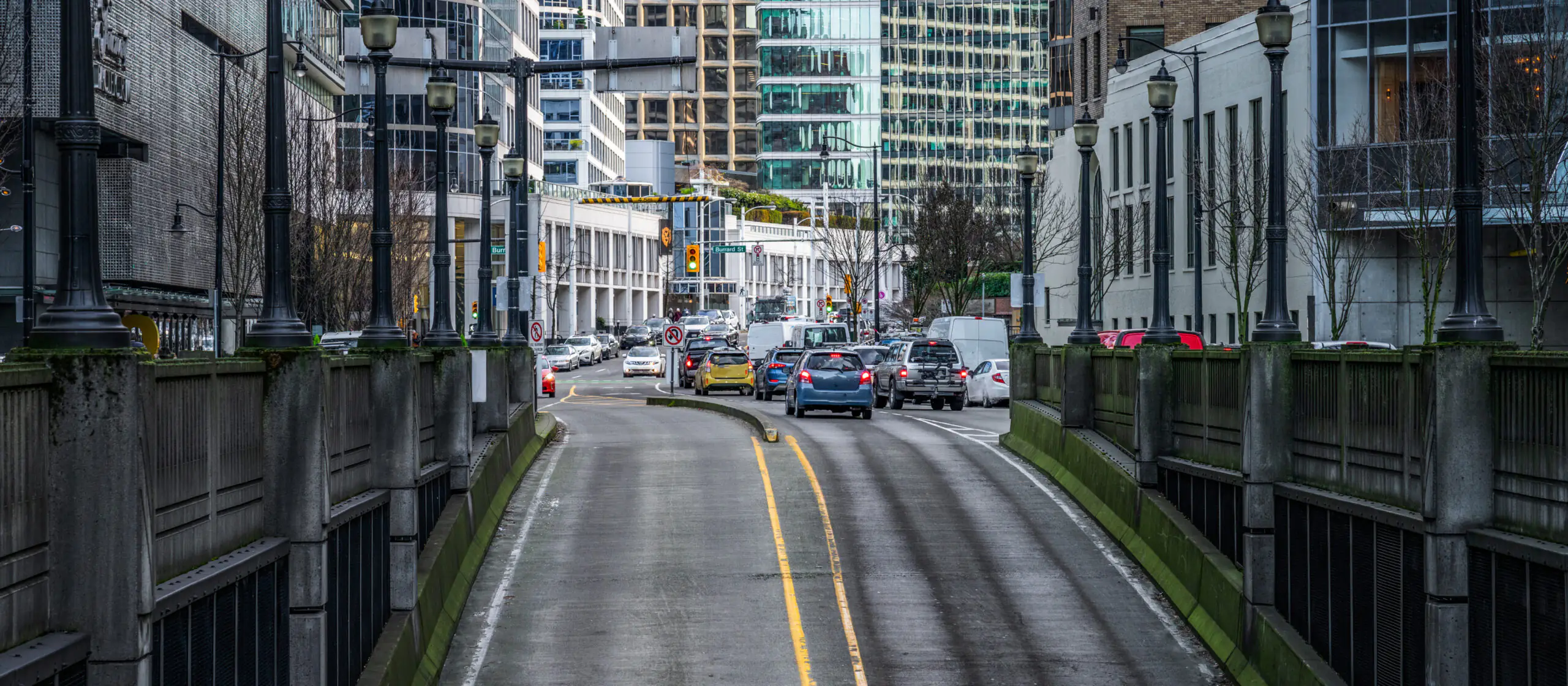
stock.adobe.com
At the same time, the implementation of the changes exacerbated the problems of insufficient transport provision of suburbs, difficulties in ensuring the safety of gentrified areas, and locally arising social imbalance.
The authors of the changes stress that the success of their implementation depends on the quality of initial planning, flexibility, openness to new solutions, improving the efficiency of inner-city systems and services, application of social support programmes and taxpayer support. Public involvement, partnership with stakeholders and preservation of local identity are necessary.
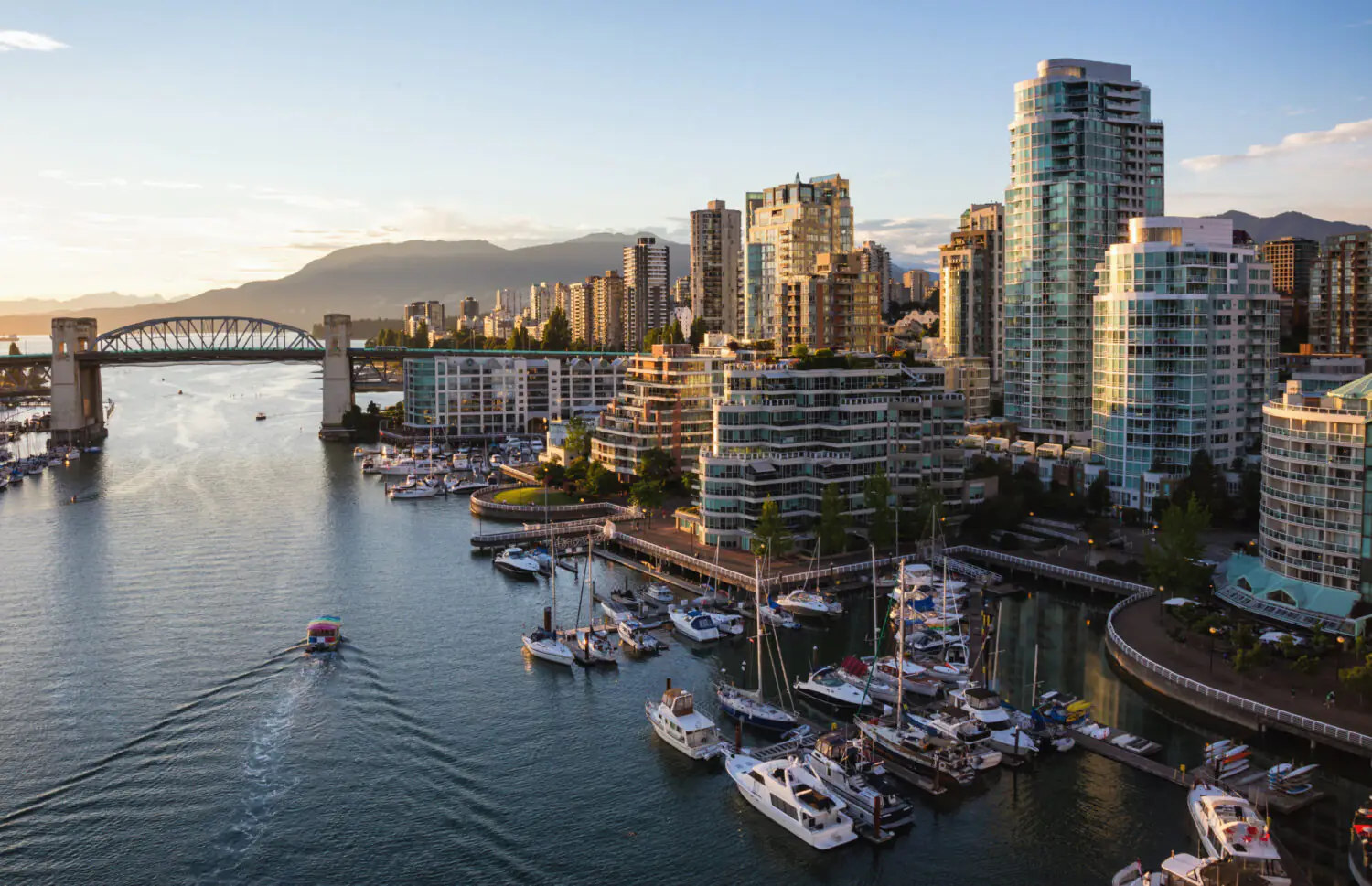
In essence, Vancouver’s transformation is ongoing because the city is constantly changing, as are the needs of the people who inhabit it, and the principle of Vancouverism involves finding new answers to ever-evolving questions in the city and its suburbs.


